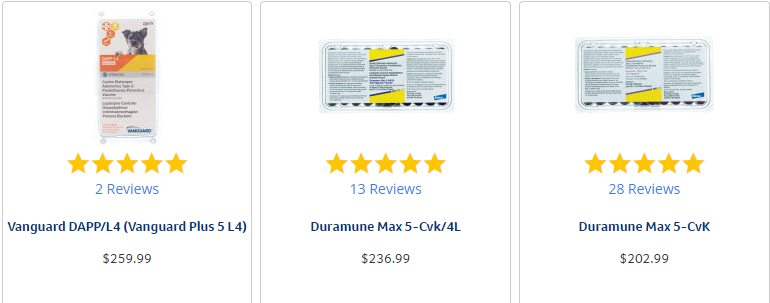Dr. Roy Nielsen, Jr., started Revival Animal Health as a second career more than 30 years ago. The small business that began in Doc Roy's basement has since grown into a national pet health supply company with two locations, a state-of-the-art warehouse, and more than 75 employees. As we continue to grow we maintain our focus on industry-leading pet care knowledge and superior customer service. From our Pet Pros to our pharmacy staff, you'll find Revival employees are dedicated to creating Healthy Pets and Delighted Customers。

How to Vaccinate Your Dog or Cat
Last updated: August 2, 2016
Subcutaneous Vaccines (SQ)
This is the most common and safest method for administering vaccines. The best place to give SQ vaccines is the loose skin over the pet's shoulder, because it's the least sensitive area. Avoid the area between the pet's shoulder blades. Lift the skin and insert the needle into the tented area. Pull back on the plunger to make sure the needle isn't in a blood vessel - if it is, blood will enter the syringe and you will have to find a new location. If the needle location is okay, gently administer the vaccine.

Intramuscular Vaccines (IM)
If you have the choice, the SQ method is the safest and easiest way to give vaccines, but some vaccines can only be given intramuscularly. IM vaccines are generally given in the thick muscle at the back of the thighs. Gently and quickly push the needle into the muscle at a 90 degree angle. Just like SQ vaccines, pull back on the plunger slightly to check for blood, then administer the vaccine. You should have a veterinary professional show you how to give an IM vaccine before you try it for yourself.
Intranasal Vaccines
Most intranasal vaccines are mixed like injectable vaccines, then a dropper or adapter is placed on the end of the syringe to administer the vaccine intranasally. Give the entire dose to your pet. Your pet will probably shake his head or sneeze afterwards, but don't worry - the vaccine will still be effective.
After you have given a vaccine, it is very important to dispose of the needle and syringe according to your state or county's regulations. Read Safe Disposal of Needles and Syringes for more information.